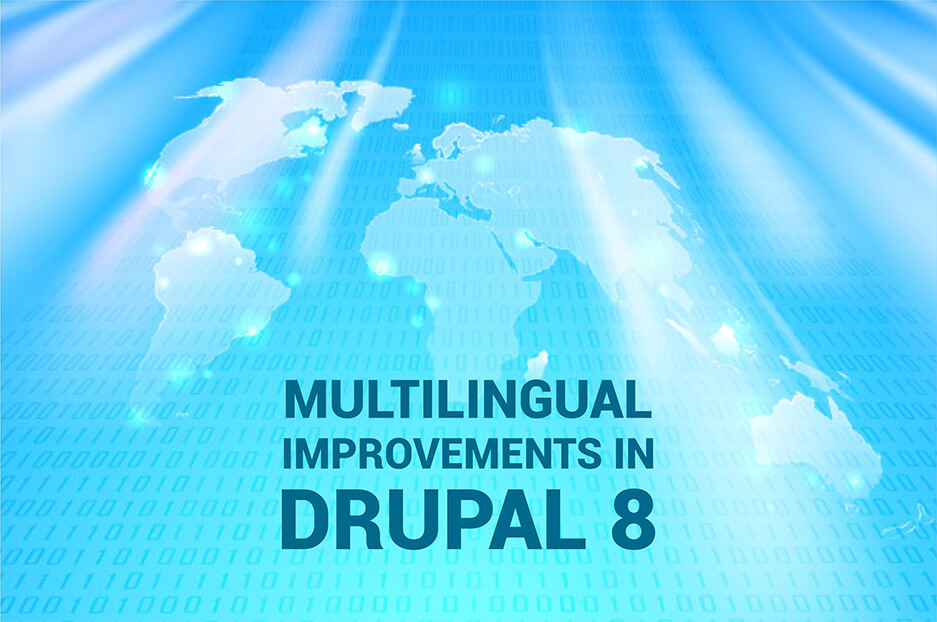In every corner of the world, your potential customers are waiting for your website to start “speaking” their language. And it’s easy to provide that with Drupal 8, a true polyglot among CMSs. Unmatched multilingual capacities are among Drupal 8’s most lucrative features that inspire website owners to choose “the great eight” — either to get a website or to upgrade their existing one. Well, it’s really hard to resist! Just as, our website development services company cannot help giving these multilingual improvements a little overview.
The multilingual sensation of Drupal 8
In Drupal’s previous version, Drupal 7, multilingual features required installing dozens of contributed modules and making plenty of complicated configurations.
Changing this was the dream of the Drupal community, which started the Multilingual Initiative (D8MI), led by Gábor Hojtsy of Acquia and contributed to by over a thousand enthusiastic developers.
The results are stunning! Drupal 8 understands languages at all levels, since it has a language-first approach. And you will immediately understand what this means when you hear the names of the four core modules that contain Drupal 8’s multilingual capacities: Language, Configuration Translation, Content Translation, and Interface Translation. They let you translate anything!
Translating your interface, configuration, and content
You can feel it already the moment you install Drupal 8. It lets you select your language from an impressive list of a hundred languages, and even gives you a hint by looking at your browser language. If you select a language other than English, Drupal automatically downloads the latest available interface translations from https://localize.drupal.org/. You can then go through the installation and setup process in your own language with no need for a dictionary. This includes RTL (right-to-left) languages.
But it’s just the beginning. You can stay with that single language, or you can choose to add more languages to your Drupal 8 website and make it multilingual. The four above-mentioned multilingual core modules are waiting to be enabled by you and set the wheels turning.
Then, in Configuration — Regional and Language — Languages, you can add any languages you wish to your site, and just watch Drupal download the available interface translations!
They will be displayed in percents next to the language, so you can click on this figure and translate the rest manually. But, most likely, you will be lucky, and almost everything will be translated:
You will also be able to set the default language, provide language switching on your website, set up language detection and selection, and more.
Then, of course, everyone is interested in translating the content. In Drupal 8, it’s possible to make any content translatable — nodes, user profiles, menu items, comments, contact messages, taxonomy terms, and much more. You can set up in every detail, field by field, what should be translatable and what should not, in Configuration — Regional and Language — Content Translation.
In addition, Drupal will let you translate the configuration, like image styles, content fields, account settings, user roles, comment types, and much more, in Configuration — Regional and Language — Configuration Translation.
And you also get a handy user interface for user interface translations! It enables you to use the available translations, correct them to your liking, or add your own.
You are absolutely free to decide in every detail which elements should be multilingual on your website, according to your needs.
Wrap-up
This is just a little drop in the ocean of Drupal 8’s multilingual opportunities. For making your website awesomely multilingual, building a shiny Drupal 8 website, or migrating to “the great eight,” you are welcome to contact InternetDevels Drupal web developer!

